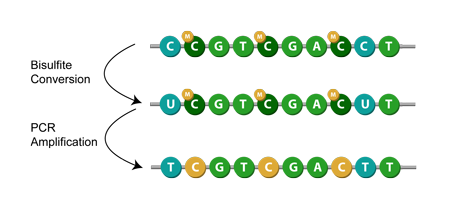

This entire process of the amplification of template, i.e., separation, annealing, and polymerization, is accomplished in vitro by cyclical alterations of temperature. The sequence of nucleotides to be added is determined by the template. The annealed primers provide a start for the DNA polymerase point to add new nucleotides (deoxynucleoside triphosphates or dNTPs). PCR begins with the separation (denaturation) of the strands of a target DNA molecule (known as template) followed by annealing (hybridization) of oligonucleotide primers to the target template. Owing to its wide range of applications, numerous variants of PCR techniques have emerged over the past few decades. The Human Genome Project has been result of PCR based approaches. The first PCR machine was introduced in market in 1988. Since its inception, PCR has significantly contributed in changing and developing biological sciences. It is an in vitro process to multiply a target molecule of DNA with extreme precision, making it easy to be handled and examined by routine molecular biological methods. The technique was developed by the Nobel laureate, Kary Mullis, in 1984. Polymerase chain reaction (PCR) is one of the most commonly used method in modern molecular biology.


 0 kommentar(er)
0 kommentar(er)
